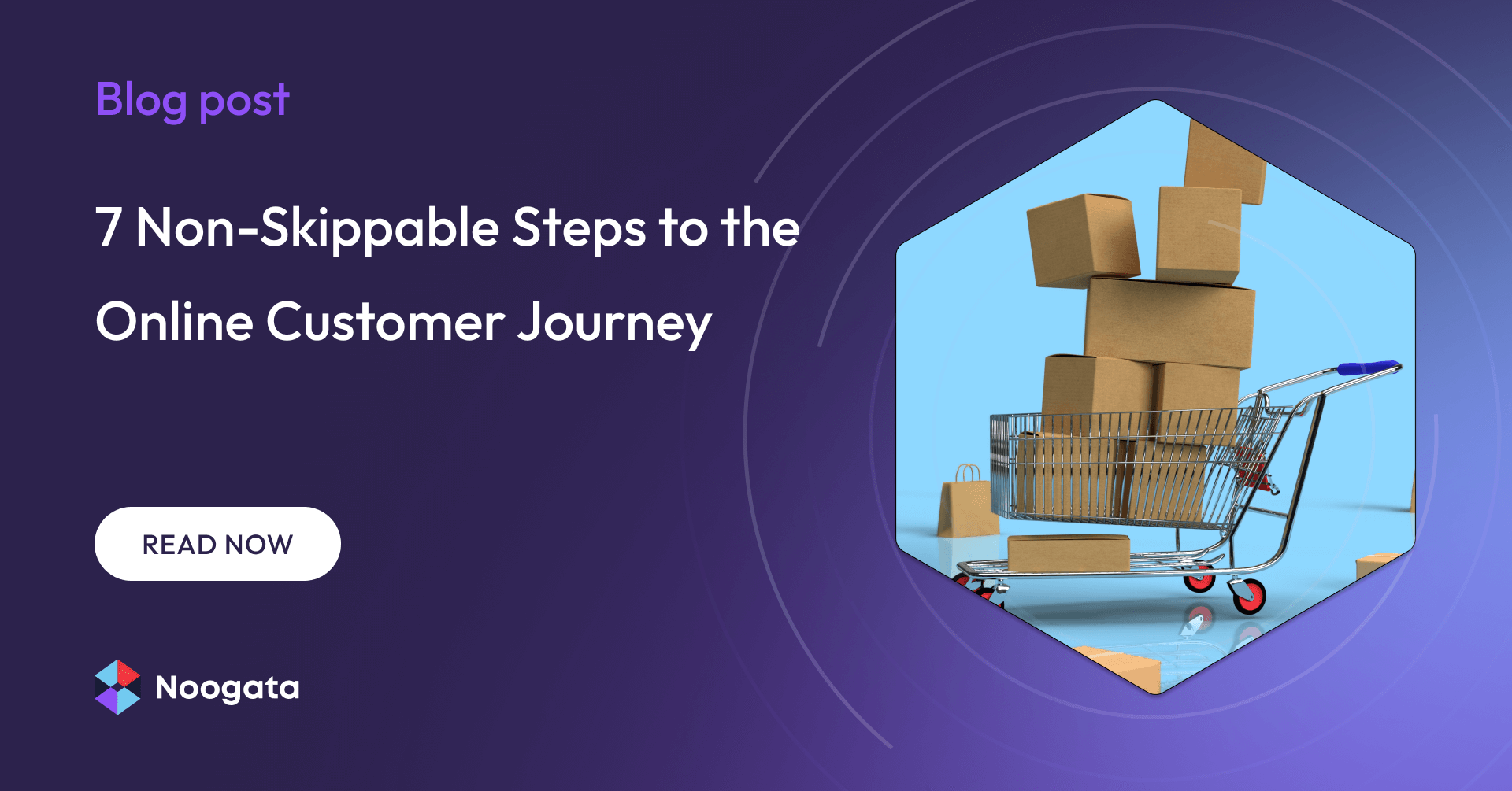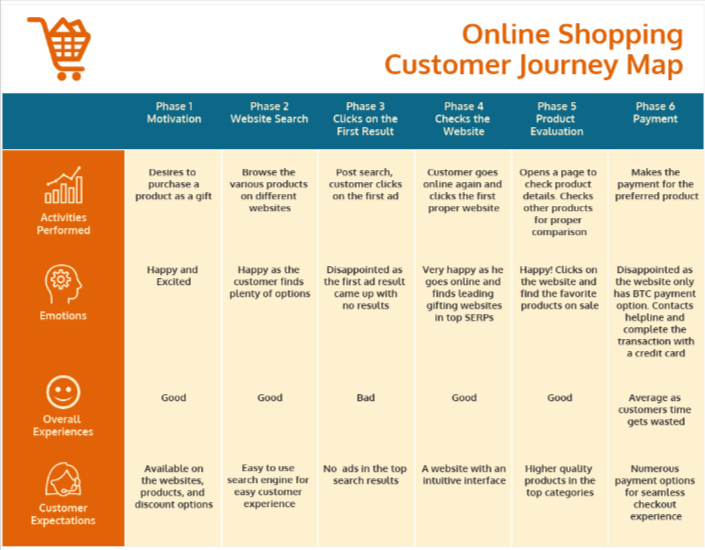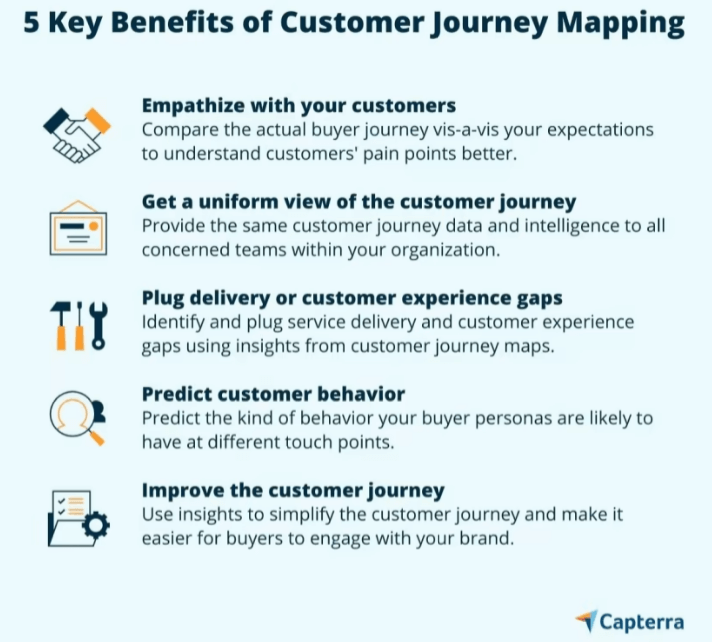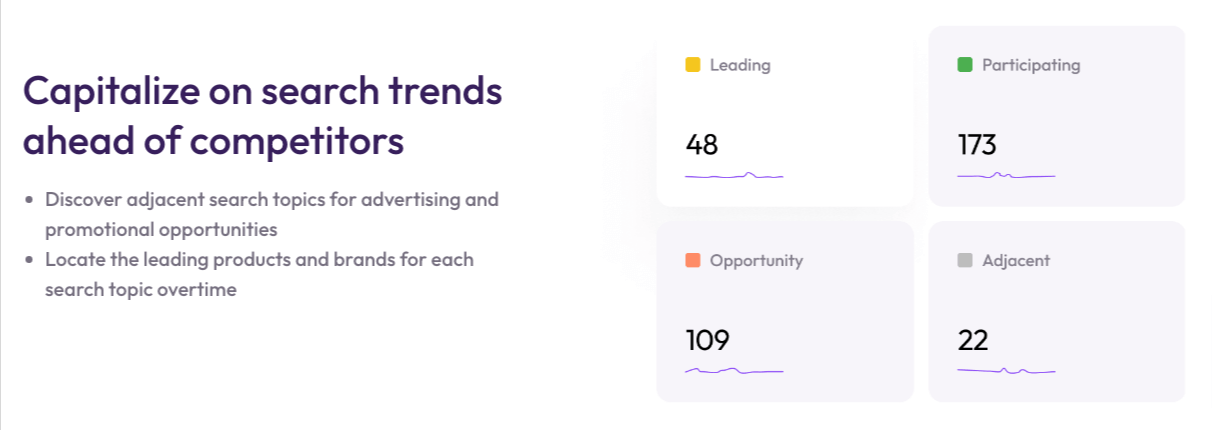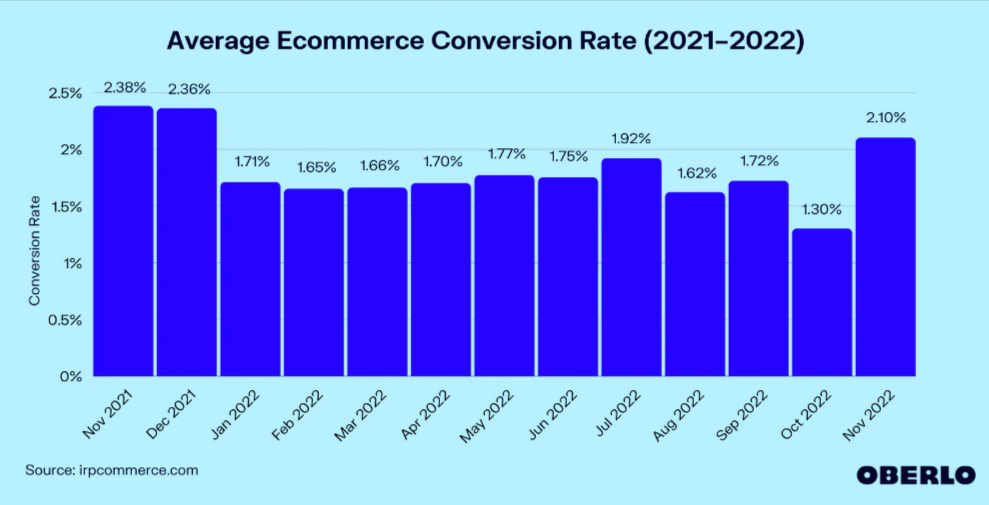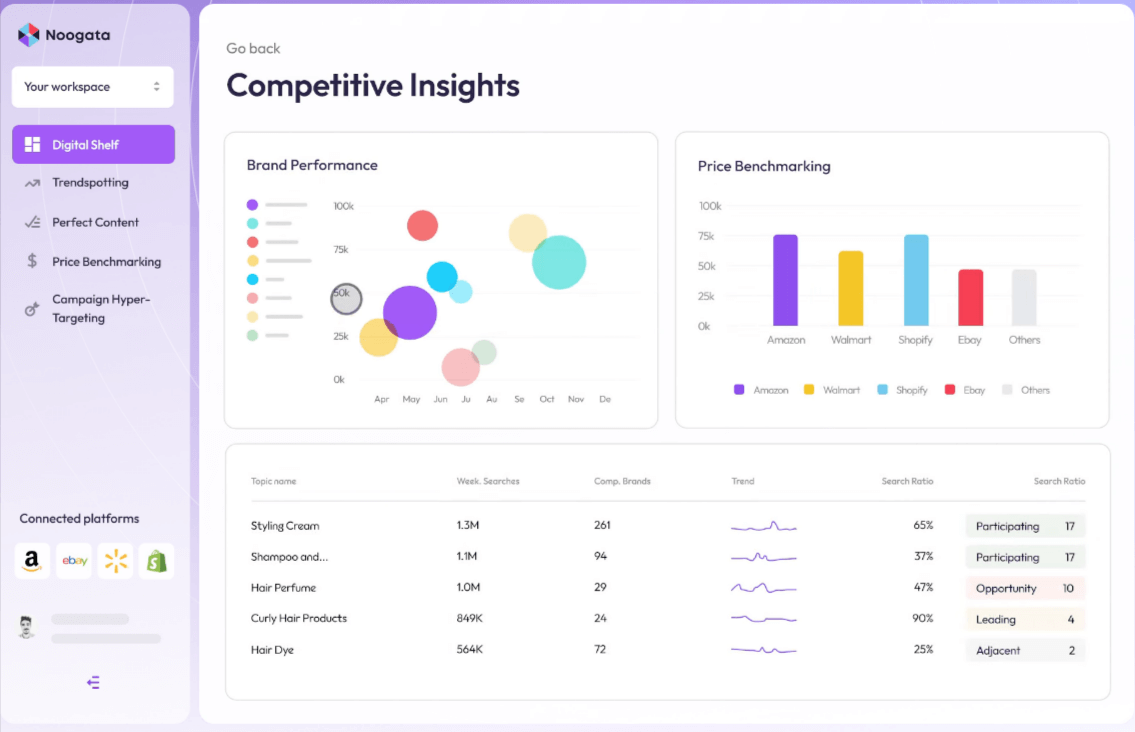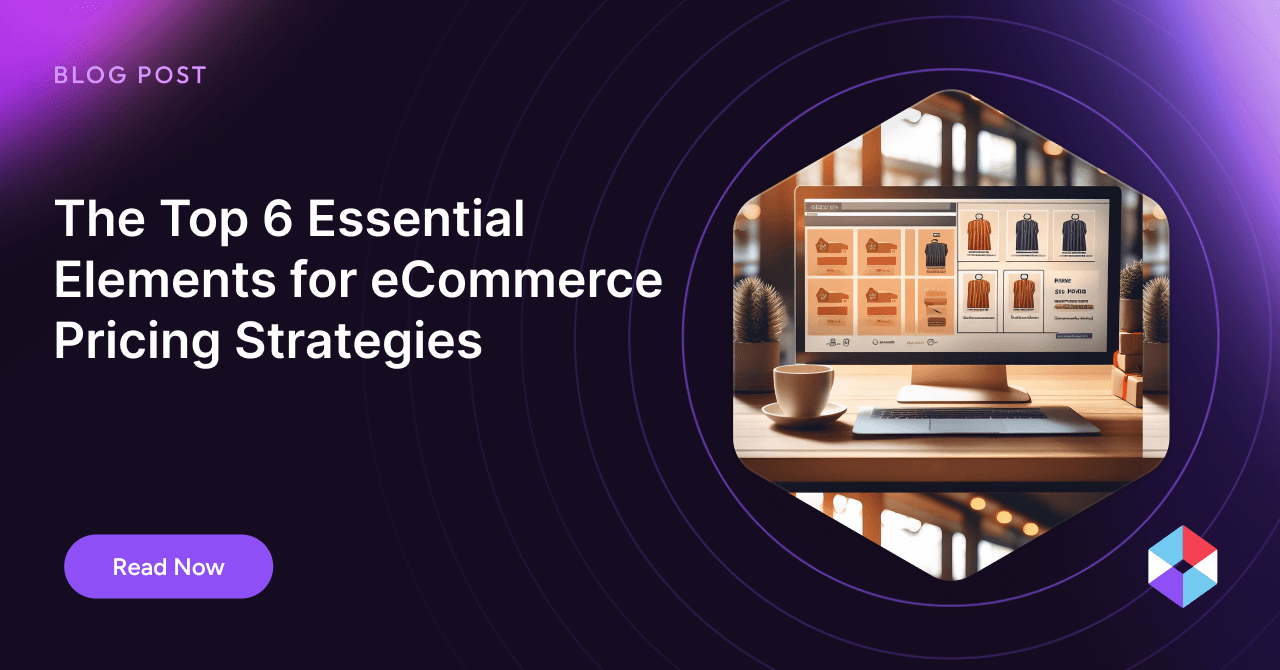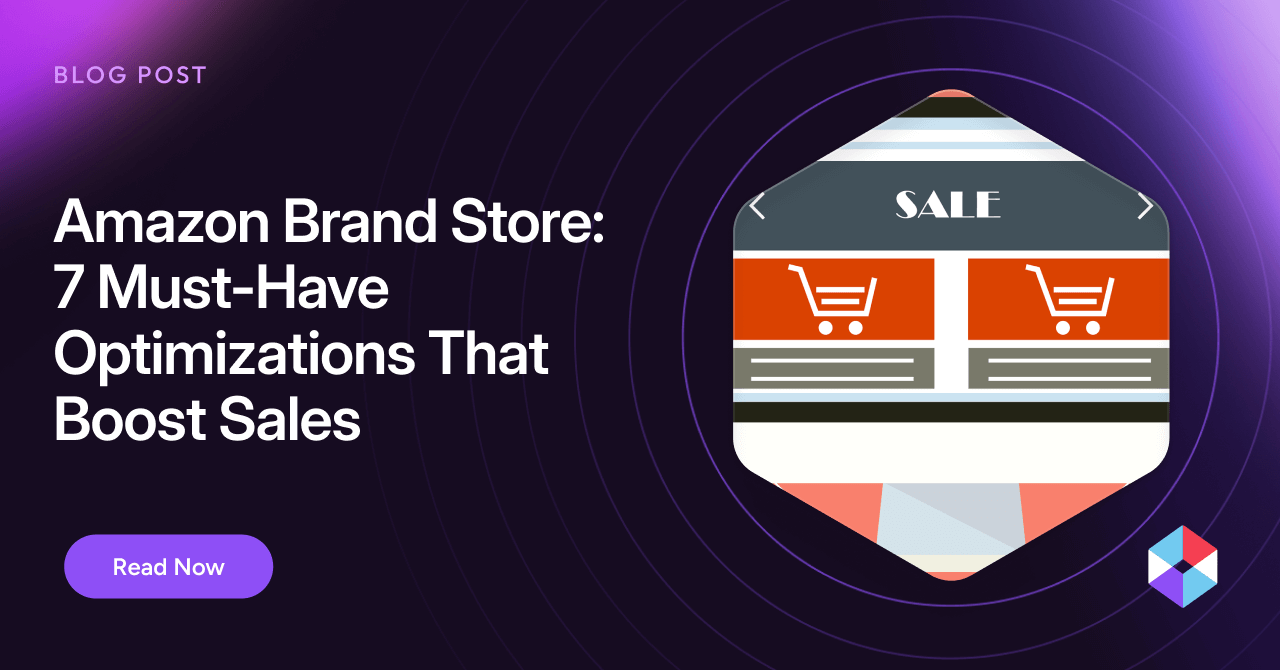There are many ways to measure an eCommerce venture’s success, but nothing matters nearly as much as conversions. That magic moment when a shopper turns into a customer is the only thing that directly increases your bottom line and proves that your efforts are paying off. The key to growing a lucrative eCommerce business is figuring out how to make conversions happen consistently.
When it comes to eCommerce consumers and their willingness to convert, the numbers tell two stories. On the one hand, there’s never been a better time to be a digital merchant: global retail eCommerce sales will exceed $6 trillion this year. On the other hand,
The way to increase conversion rates is to appreciate that every customer is on a journey, take the time to understand the steps they take on this journey, and ensure they have a great experience along the way. The customer journey can take a long and meandering course, but these seven steps should help them end at the checkout page.
Let’s walk through them.
What is the online customer journey?
The term “customer journey” describes a customer’s entire experience with a merchant. It starts with the moment they first become aware of your brand or products, and it doesn’t end when they convert—the actions you take to support and retain a customer are part of their journey, too.
A customer journey consists of many touchpoints, which refer to every interaction the customer has with the merchant. Seeing an advertisement, visiting a website, talking to a representative, and liking a merchant’s social media post are all touchpoints.
Every touchpoint is an opportunity to create a positive experience for the customer, and the more they enjoy their journey, the more likely they are to convert.
What is customer journey mapping?
One of the best ways to better understand the customer journey is to visualize it by creating a customer journey map. By mapping out an actual diagram of your customers’ channels and the touchpoints they encounter, you can gain insights into improving their experience.
A customer journey map can reveal roadblocks customers face, pain points that cause them to bounce out of your sales funnel, and opportunities to make things smoother, more enjoyable, and more relevant to their interests.
There are various ways to structure a customer journey map, but most templates will be organized into stages corresponding to the major steps in the journey, listing the customer’s goals at that stage, the channels they can reach you through, and the touchpoints they are likely to interact with.
What are the benefits of understanding the customer journey?
With omnichannel shopping becoming increasingly prevalent, merchants can no longer micromanage the customer acquisition process through carefully controlled campaigns. To meet your customer’s needs and set appropriate goals for your marketing activities, you need to understand how they approach you.
For the customer, their purchasing journey is always an intuitive, organic process. They use the tools and resources they’re familiar with to search for products and research them. They frequent the apps and social media channels they already know and like. Customers look for relevant information wherever they think they can find it, whether online or offline.
Frequently, they run into obstacles inadvertently left in place by merchants who didn’t anticipate their journey’s path. They visit websites that don’t recognize from previous visits; they get retargeted with ads for products that are no longer wanted; they see generic articles when the merchant could be serving personalized content. On their own, none of these things are necessarily dealbreakers, but at a certain point, the journey stops being relevant and engaging.
The better you understand the customer journey, the easier it will be for you to provide a seamless experience. The quality of their experience keeps them from losing interest and taking journeys with your competitors instead.
7 Non-Skippable Steps to the Online Customer Journey
Every journey requires a path, so here are the seven steps that can’t be missed along the online customer journey.
1. Customer Personas
Before doing anything else, you have to ask: who’s taking this journey, anyway?
There’s no point in building a journey around a generic, interchangeable customer. Analyze your customer data and create personas based on the demographics of the people who buy your products, their goals and expectations, and their behavior patterns. You may need to define more than one customer persona and map a compelling journey for each.
By taking advantage of tools that can enrich your customer data with offsite user sentiment and customer feedback, you can develop more realistic profiles that will help you create stronger emotional connections with the real individuals you’re trying to convert.
2. Awareness
The first proper step in the journey is awareness, which is when the customer is first introduced to who you are, what you sell, and what your brand is like. This critical step can set the tone for the rest of the journey.
The primary considerations at this step are making it easy for potential customers to find you and ensuring that their first impression is positive. Customers take this first step when they realize they have a need or a problem, and start looking for a solution. Market analysis and search trendspotting tools can help you predict where and when new customers might show up, and you can use paid ads and SEO content to get their attention as soon as they start searching.
3. Consideration
Awareness gives way to consideration, which is a two-phase step. First, there’s discovery: the customer now knows you exist and have a potential solution for them, and they’re starting to investigate your site, consume your content, and explore your other channels, such as mobile apps, social media, or other marketplaces.
After discovery comes evaluation. It’s common for customers to embark on more than one journey at a time, so it’s likely that they’ll be comparing prices and product features with those of your competitors. In this step, you need to highlight the things that make your solution stand out and find ways to mitigate any comparative disadvantages you might have. Competitor research based on fresh, accurate data will serve you well here.
4. Purchase
Purchase, or conversion, may be the most pivotal step, but more touchpoints can still impact the customer experience, loyalty, and the possibility of repeat business.
Checkout is an essential part of the customer experience, and it’s where many customers bow out of the journey. More than two of three eCommerce shopping carts get abandoned, often due to unexpected charges or friction—things the merchant can potentially plan for and mitigate. Secure payment processing, transparent pricing, and flexible delivery options can make a difference here.
5. Experience and Support
A converted customer can become a loyal customer, and a loyal customer can become an advocate for your brand. When a customer experiences a genuinely satisfying resolution to their purchasing journey, they’re likely to leave good reviews, share positive word-of-mouth in person or on social media, and purchase from you again.
To optimize the benefits of a successful conversion, be sure the customer has a positive experience with your product or services once delivery is made, and give them the support they need to make effective use of their purchase. Tutorials, how-to guides, and self-service portals can ensure good outcomes, but make sure customers can also access live support when they need it.
6. Retention
Acquiring new customers can cost up to five times more than retaining your current customers, so even when you’ve got a customer who’s happy with their purchase, you don’t want to stop tracking and analyzing their journey.
Long-term support, upgrades, and loyalty programs can reduce churn and help retain your best customers. For subscription-based merchants, retaining customers is a top priority, and you’ll need to follow market trends and pay attention to shifts in their needs and interests to keep them engaged.
7. Analysis and Research
Refining and optimizing the customer journey is a never-ending process. To ensure continuous improvement and plug up any leaks in your sales funnel, you have to analyze your KPIs and conduct in-depth research on your customer journeys, both in their overall scope and in the granular details of each touchpoint.
The more data you can gather across various channels, the more insight you can bring to bear on your journey improvement process. Follow the trends moving through your industry, keep an eye on your competitors, and choose your KPIs carefully. With a data-driven approach supported by the right eCommerce competitive intelligence tools, you can better understand what’s motivating your customers and adjust your strategies accordingly.
Every Customer Journey Is Better with Noogata
There’s a journey behind every single sale you close. When you can understand and map out the patterns and pitfalls of those journeys, you can learn how to bring in more customers, hold on to the ones you’ve already got, and steadily grow your market share.
Data tells the story of where a customer journey goes and how to improve it, and the right tools can illuminate the hidden pathways and greatly expand your opportunities for optimization.
Noogata’s automated, AI-based solution allows you to monitor eCommerce data across multiple channels, leverage it with scalable competitive intelligence, and implement effective strategies to increase conversions and generate higher revenue.
Schedule a demo to see how Noogata can unlock your eCommerce business’s potential.
